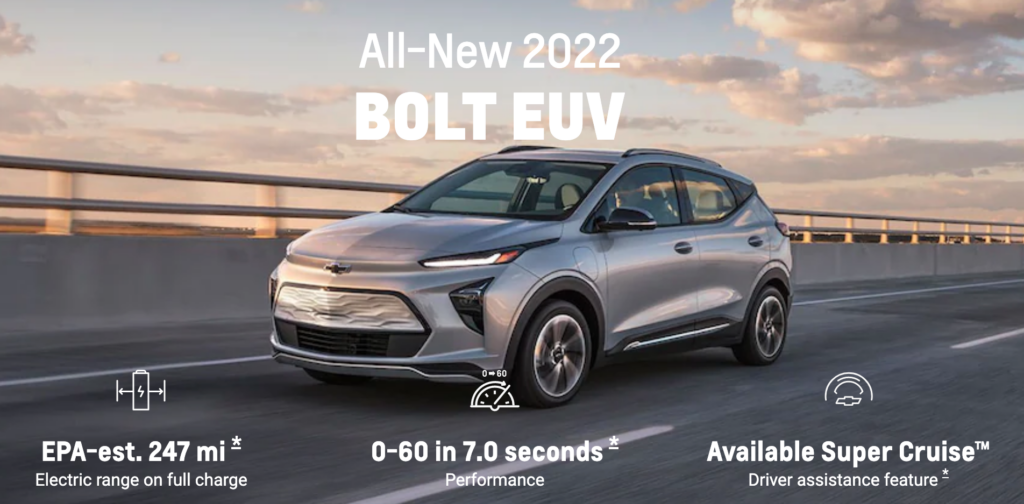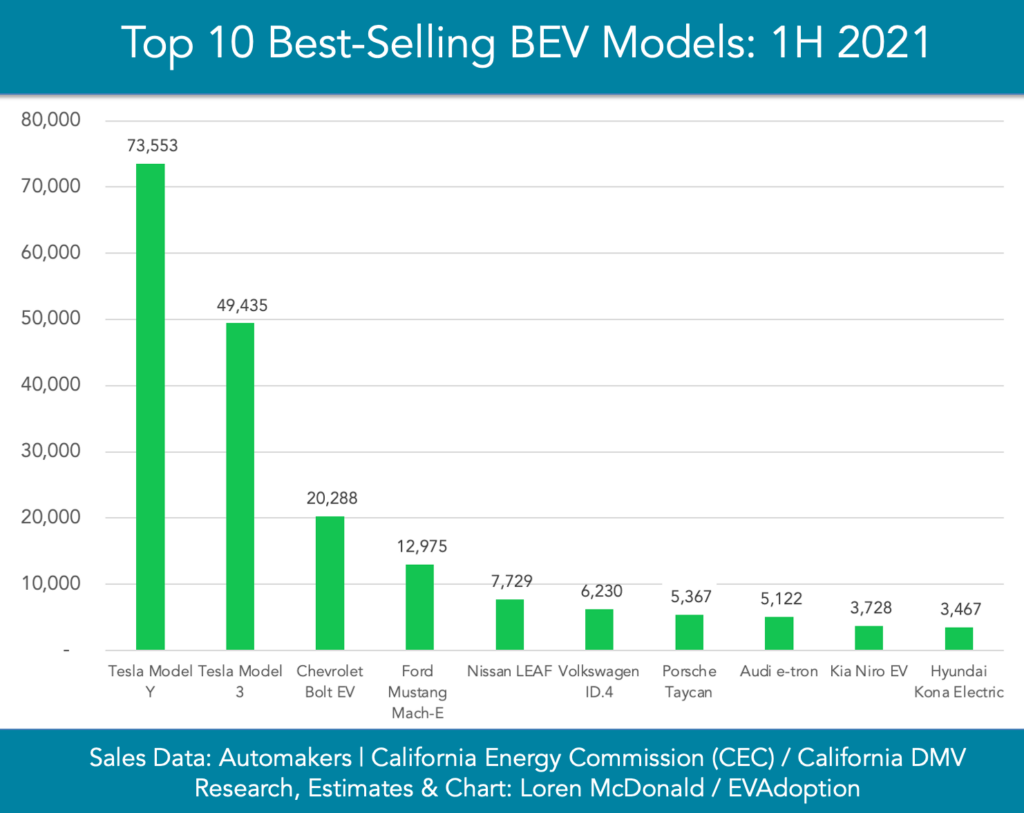Arguably the biggest flaw in the Plug-In Electric Drive Vehicle Credit (IRC 30D) regulations is the triggering of a phaseout schedule of the tax credit when a manufacturer sells 200,000 total EVs (BEV and PHEV). In the Clean Energy Act for America (CEAA) proposed legislation, this per manufacturer threshold would be eliminated and replaced with an industry-wide phaseout based on reaching 50% EV sales share.
In part 1 of this series we provided a high-level summary and handy table of the 9 key proposed changes to the federal EV tax credit. In this part 2 article, we’ll dive deeply into the elimination of the per manufacturer 200,000 EVs sold phaseout.
Elimination of the Manufacturer 200,000 EVs Sold Phaseout Threshold
Long overdue to be removed from IRC 30D is the phaseout of the credit on EVs purchased or leased from manufacturers that have sold 200,000 electric vehicles in total since enactment of the credit on January 1, 2010. To date, only Tesla (in July 2018) and GM (in December 2018) have surpassed the 200,000 threshold and the tax credit has now been completely phased out for both manufacturers.
A second aspect of this proposed change is that the elimination of the per-manufacturer-cap is effective for vehicles sold after May 24, 2021 and the EV credit phaseout rule becomes effective on the date of enactment. Translation: If the Clean Energy for America Act passes, for example, on October 1, 2021 then the May 24, 2021 date becomes effective for when the phaseout rule is eliminated.
This means that consumers who purchase or lease a qualifying Tesla or GM electric vehicle between May 25 to December 31, 2021 could benefit from the EV tax credit. For those that purchase an EV from one of these two automakers, they would then apply the tax credit on their 2021 federal tax return. What is less clear is how Tesla and GM will handle leases.
When you lease an EV, the amount of the federal EV tax credit goes to the automaker or their financing entity — in this case Tesla Finance and GM Financial. In theory, the lessor passes on some or all of the tax credit to the lessee by reducing the final cost of the EV and then passing on the savings to the lessee through a lower monthly payment. However, the manufacturer is not required to pass on any savings to the lessee, nor provide any transparency or details on if or how any savings from the tax credit is passed on to the lessee.
> Impact: The immediate impact of the elimination of the per manufacturer 200,000 phaseout is that buyers of EVs from GM and Tesla will once again be able to take advantage of the tax credit. For GM, with the Chevrolet Bolt already being one of the most affordable EVs on the market, I can see sales of the Bolt EV and recently launched Bolt EUV increase pretty significantly.

With a starting MSRP for the base Bolt EV at $31,995 and EUV at $33,995, when combined with the $7,500 federal tax credit and potential utility and some credits for some buyers, the net effective base cost of the Bolt could be in the low $20,000 range. And because for leases the tax credit goes to the manufacturer/financing entity, we could see some very aggressive deals with monthly lease payments in the low $200 a month range.
At that amount, the Bolt becomes an extremely attractive commuter car or second car for those who don’t care about super fast charging, amazing styling and technology, or fast performance. On the flip side, however, the recent Bolt battery fires and recall could scare many potential buyers away.

For Tesla, the impact is not as clear as its Model Y and Model 3 are far and away the top selling EVs in the US even without the benefit of the Federal EV tax credit. Whether due to range, performance, styling, charging experience, tech features, or the Tesla and Elon Musk brand halo — the lack of the tax credit hasn’t deterred the majority of US EV buyers from opting for models from Tesla.
A key question with models from Tesla when they again qualify for the maximum $7,500 tax credit: Is will it convince buyers not considering an electric vehicle to then decide to opt for a Tesla model instead of a gas-powered vehicle? Or secondly, will some buyers that are considering a non-Tesla EV now choose to buy a Tesla instead because the models may now be more evenly priced.
I don’t have data to support this, but my gut instinct suggests that the return of the tax credit for Tesla models may lead to many buyers simply using it to rationalize buying a more expensive model, such as a Model Y Performance instead of the Model Y Long Range. That said, while I do expect the return of the tax credit to boost Tesla sales, it may only lift sales perhaps between 10-20 percent. In the next 18 months roughly two dozen more EVs will reach the US market providing significantly more alternatives to models from Tesla. And if Tesla opens its charging networks and the Plug and Charge standard is widely adopted, Tesla’s biggest advantage (the charging experience) is diminished.

With the elimination of the phaseout becoming effective as soon as the legislation is passed, it wouldn’t have any impact on other OEMs. By our EVAdoption estimates, the next manufacturer to reach 200,000 is likely to be Toyota in Q2 of 2022. But the overall good news is that once again, all manufacturers will be on an even playing field and OEMs like Tesla and GM that invested in EVs early, are no longer being penalized for their efforts.
In part 3, we assess the potential impact of the the first ever cap on MSRP — Proposed Changes to Federal EV Tax Credit – Part 3: MSRP Must Be Less Than $80,000
 Announcing the acquisition of EVAdoption by Paren →
Announcing the acquisition of EVAdoption by Paren →
3 Responses
Good info
Thank you, Loren. I’ve enjoyed reading through this EV Credit series. How likely do you think this credit will still be retroactive to May 2021? I read through the recent ‘final’ proposed measures last week by the Biden administration, and all the measures appear to point to 01/01/2022 as the effective date. Im still hopeful it will be retroactive; I’m due to get my Tesla delivered this month. But Im more than willing to wait another 30-45 days if it means Im guaranteed the credit. Thanks for the read!
It looks unlikely now, that the current proposed changes will include the retroactive aspect.